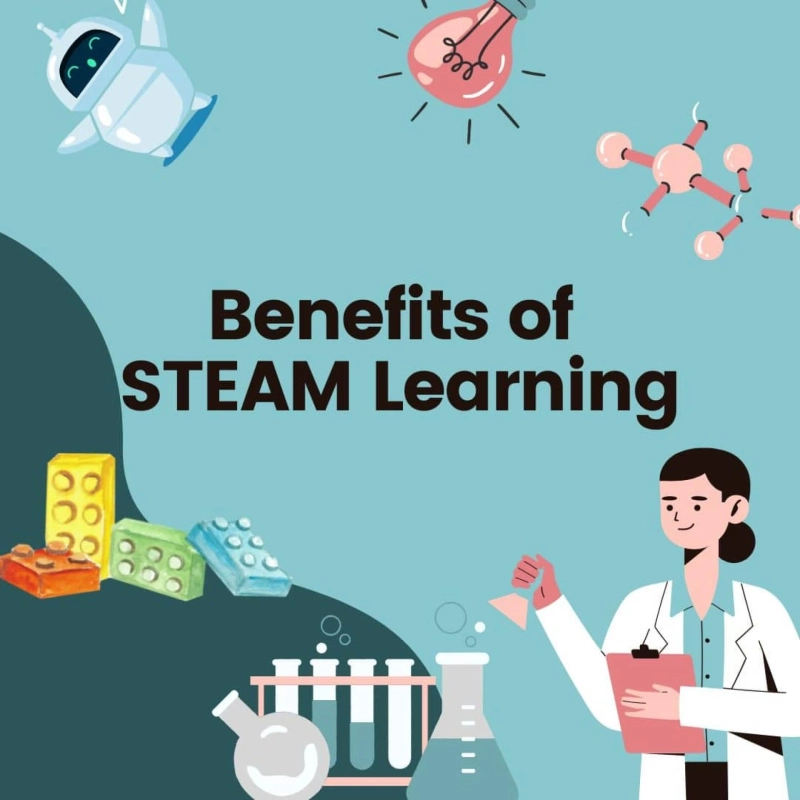Science, technology, engineering, arts, and mathematics (STEAM) is a curriculum basis that intends to correlate each subject as an important part of every student\'s learning. The traditional STEM, which excludes art subjects, fared well with students but failed to establish humanities, empathy, and social responsibility with most students.
Researchers who have studied subjects and educators who greatly used STEAM in their curriculum yielded students who can take thoughtful risks, problem-solve, collaborate well with others, and be creative in creating solutions for all subjects, including technical ones.
Let\'s learn all about the benefits of a STEAM workshop for students.
Computer Skills
The STEAM curriculum does well in integrating coding, technology, and engineering tasks for all students.
In the next few decades, technology will continue progressing and evolving as part of the job. Learners who can fully realize their tech skills during this time will have elements of technology, engineering, and programming. Even those focusing on the arts will understand how technology and other technical skills play a role in their profession.
Diversed Cultural Groups
All professionals know they will work with people from various backgrounds and perspectives. With cultural competence, learners can acknowledge and work with people from other cultures. In doing so, they can work as a team to solve problems for the company. Then, they can talk about how to help each other to solve their respective cultural groups\' problems and issues.
Leadership
Initiative and motivation make up the exemplary path of leadership for students. This comes from fully understanding oneself, which STEAM can help with.
Even for students who excel at working alone, leadership skills are helpful. It will help them understand their strength in a subject, use innovation to learn and solve problems in their favorite subjects, and have full confidence in themselves as a leader.
Communication
Learners with excellent communication skills can interact with their colleagues confidently and effectively in the future.
Knowing the right words to say, how to phrase a statement effectively, writing just enough detail, and everything else involved in communicating with peers is a huge part of STEAM. Plus, STEAM doesn\'t rely on traditional grading systems – it encourages students to keep trying and failing.
Critical Thinking
STEAM learning encourages students to think for themselves. Teachers and facilitators of STEAM activities will serve as facilitators. They will guide discussions and serve as arbiters of advancing subject matters using evidence-based arguments and statements. In doing so, they help students realize their potential in solving a problem and thinking critically instead of digesting ready-made theories and concepts.
Critical thought also focuses on hands-on learning. This puts students in the center of learning by applying all their knowledge from the classroom to real situations. Hands-on learning helps them learn adaptability and preparedness to factor in everything that could happen during any situation.
Social Skills
Communication is a part of a set of skills for social interaction. Social skills will help students fully understand their social-emotional learning capabilities and how to make their communication with peers better. Students can easily communicate their interests with others and listen intently to what their peers say. They will learn how to show respect to others, work with teams, temper themselves during high-pressure situations, and beyond.
Personalized Education
STEAM is all about putting students as the center focus of education. It considers the student\'s interest first before creating a curriculum that applies STEAM subjects around their learning style or strength. While not all schools can implement personalized education, it\'s a step towards helping teachers see if students learn well and retain knowledge from their subjects effectively.



